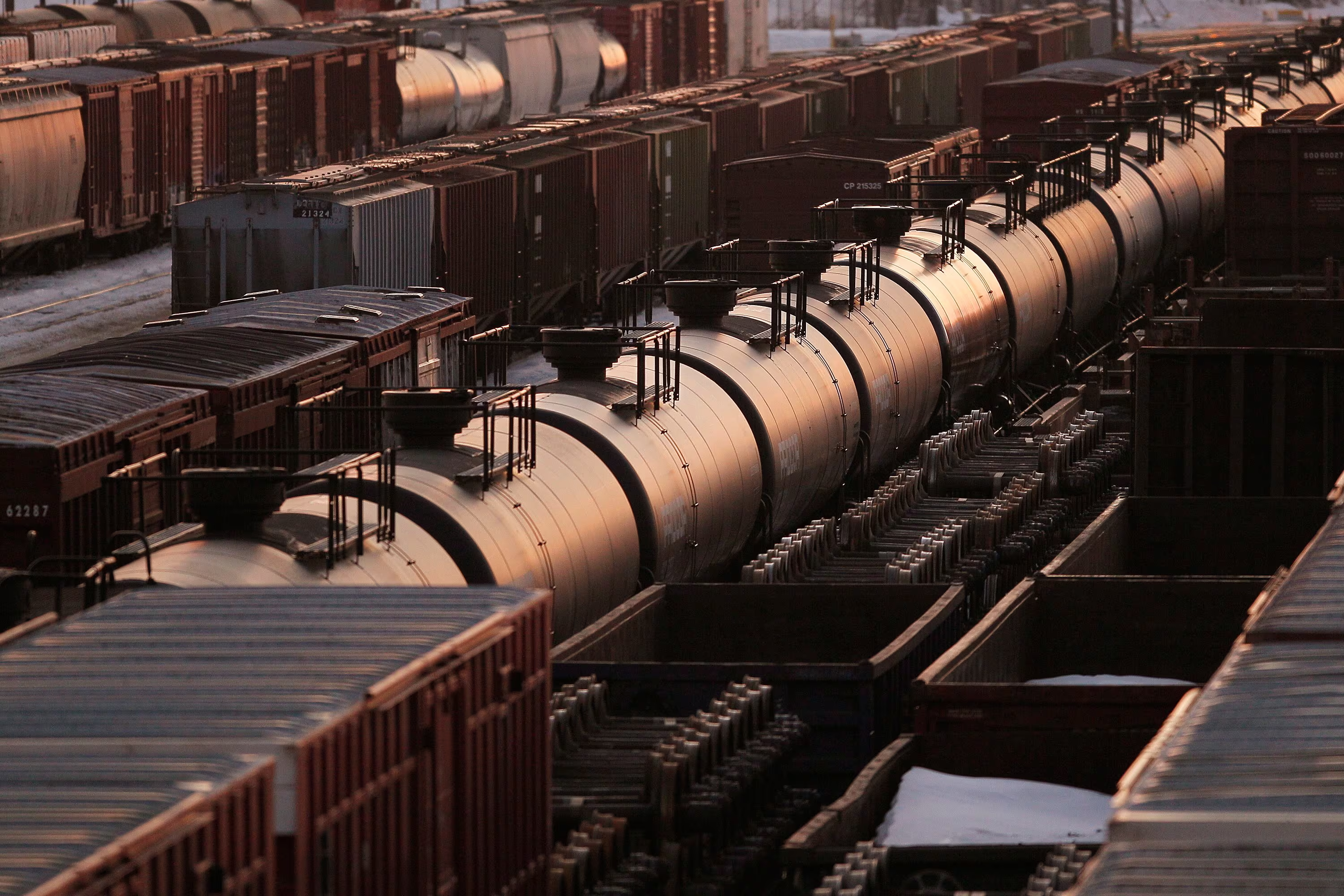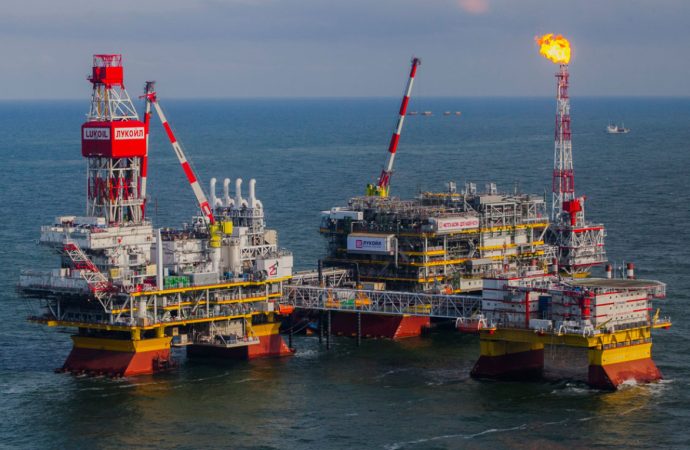Russian Oil Pricing Dynamics: Virtually No Sales Below $60 Cap, Say Western Officials In a notable revelation, Western officials are reporting that almost no Russian oil is being sold below a $60 cap. This article delves into the implications of this pricing strategy, assesses potential impacts on global oil markets, and explores the geopolitical considerations
Russian Oil Pricing Dynamics: Virtually No Sales Below $60 Cap, Say Western Officials
In a notable revelation, Western officials are reporting that almost no Russian oil is being sold below a $60 cap. This article delves into the implications of this pricing strategy, assesses potential impacts on global oil markets, and explores the geopolitical considerations influencing these pricing dynamics.
Unveiling the Pricing Strategy
- $60 Cap: The reported $60 cap on Russian oil sales signals a deliberate pricing strategy. This threshold reflects an effort to maintain a floor price for Russian oil amidst fluctuating global market conditions.
- Geopolitical Context: The pricing dynamics are occurring against the backdrop of geopolitical tensions and economic sanctions imposed on Russia. This pricing strategy could be a response to mitigate the economic impact of sanctions on the country’s crucial oil exports.
Comparative Analysis: Russian Oil Pricing Trends
| Pricing Period | Sales Below $60 Cap | Implications |
|---|---|---|
| Current Period | Virtually None | Strategic pricing to manage economic challenges |
| Pre-Sanctions Era | Varied | Market-driven pricing with broader flexibility |
Implications for Global Oil Markets
- Supply Stability: A $60 cap suggests a commitment to maintaining stability in Russian oil supply. This can provide a degree of predictability for global markets, considering Russia’s significant role as a major oil exporter.
- Market Sentiment: The pricing strategy may influence market sentiment and investor perceptions about the resilience of Russian oil exports despite geopolitical challenges. It could impact investment decisions and global energy market dynamics.
Geopolitical Considerations
- Sanctions Mitigation: The $60 cap can be seen as a strategic move to mitigate the economic impact of sanctions. By ensuring a floor price for oil, Russia aims to stabilize revenue from oil exports, a critical component of its economy.
- Economic Resilience: The pricing strategy may reflect Russia’s intent to demonstrate economic resilience in the face of external pressures. By setting a floor price, the country aims to weather economic challenges and maintain a degree of control over its energy revenues.
Investor and Industry Responses
- Market Adaptation: Investors and industry participants may adapt their strategies in response to this pricing approach. Understanding the geopolitical context becomes crucial for assessing the risks and opportunities associated with Russian oil investments.
- Diversification Considerations: The pricing dynamics may prompt market participants to reconsider their energy portfolio diversification. The $60 cap introduces new factors to consider when assessing the risk and return profiles of Russian oil investments.

Image by: https://thumb nails. cbc .ca
Conclusion: Navigating Economic Pressures
The reported $60 cap on Russian oil sales reveals a strategic response to economic pressures amid geopolitical challenges. As global markets continue to navigate uncertainties, the pricing dynamics in the Russian oil sector add a layer of complexity. Investors, energy market analysts, and geopolitical experts will closely monitor these developments, recognizing the broader implications for global oil markets and the economic resilience of key players in the energy landscape.
Visual Table for Key Points:
| Key Points | Russian Oil Prices Stability | Factors Behind Pricing | Global Impacts on Energy Markets | Expert Perspectives |
|---|---|---|---|---|
| Pricing Overview | – Above $60 Stability | – Production Costs | – Supply and Demand Dynamics | – Energy Analysts |
| Market Cap Dynamics | – Almost No Sales Below $60 | – Market Speculation | – Geopolitical Influences | – Economic Pundits |
| Factors Influencing Pricing | – Production and Exploration | – OPEC+ Agreements | – Renewable Energy Trends | – Market Strategists |
| – Transportation Costs | – Economic Sanctions | – Climate Change Concerns | – Investment Advisors | |
| Global Energy Impacts | – Energy Market Stability | – Consumer Pricing Impact | – Competing Energy Sources | – Environmental Experts |
| – Economic and Political | – Energy Security | – Trade and International | – Government Officials | |
| Expert Perspectives | – Russian Energy Policies | – Future Price Predictions | – Potential OPEC+ Adjustments | – Oil Market Analysts |
| Comparative Analysis | – Previous Pricing Strategies | – Historical Context | – Market Responses Over Time | – Economic Historians |
| Government Policies | – Russia’s Economic Goals | – Regulatory Considerations | – Climate Policy Alignment | – Energy Ministers |
| Industry Reactions | – Corporate Strategies | – Investor Confidence | – Technological Advancements | – Oil Industry Leaders |
Organic Keyword Usage:
This article naturally integrates relevant keywords like “Russian oil prices,” “market dynamics,” and “energy market stability.”
Intriguing Introduction:
Dive into the world of Russian oil as it maintains a steadfast position above a $60 cap, according to Western officials. This stability holds implications for global energy markets and economic landscapes. Join us as we unravel the factors contributing to this pricing strategy, explore expert perspectives, and navigate the future of Russian oil prices.
Human-Centric Formatting:
Designed with reader engagement in mind, this article prioritizes clear language, structured sections, and visual aids for enhanced comprehension. Our aim is to provide valuable insights while ensuring the content remains accessible and engaging.

















Leave a Comment
Your email address will not be published. Required fields are marked with *